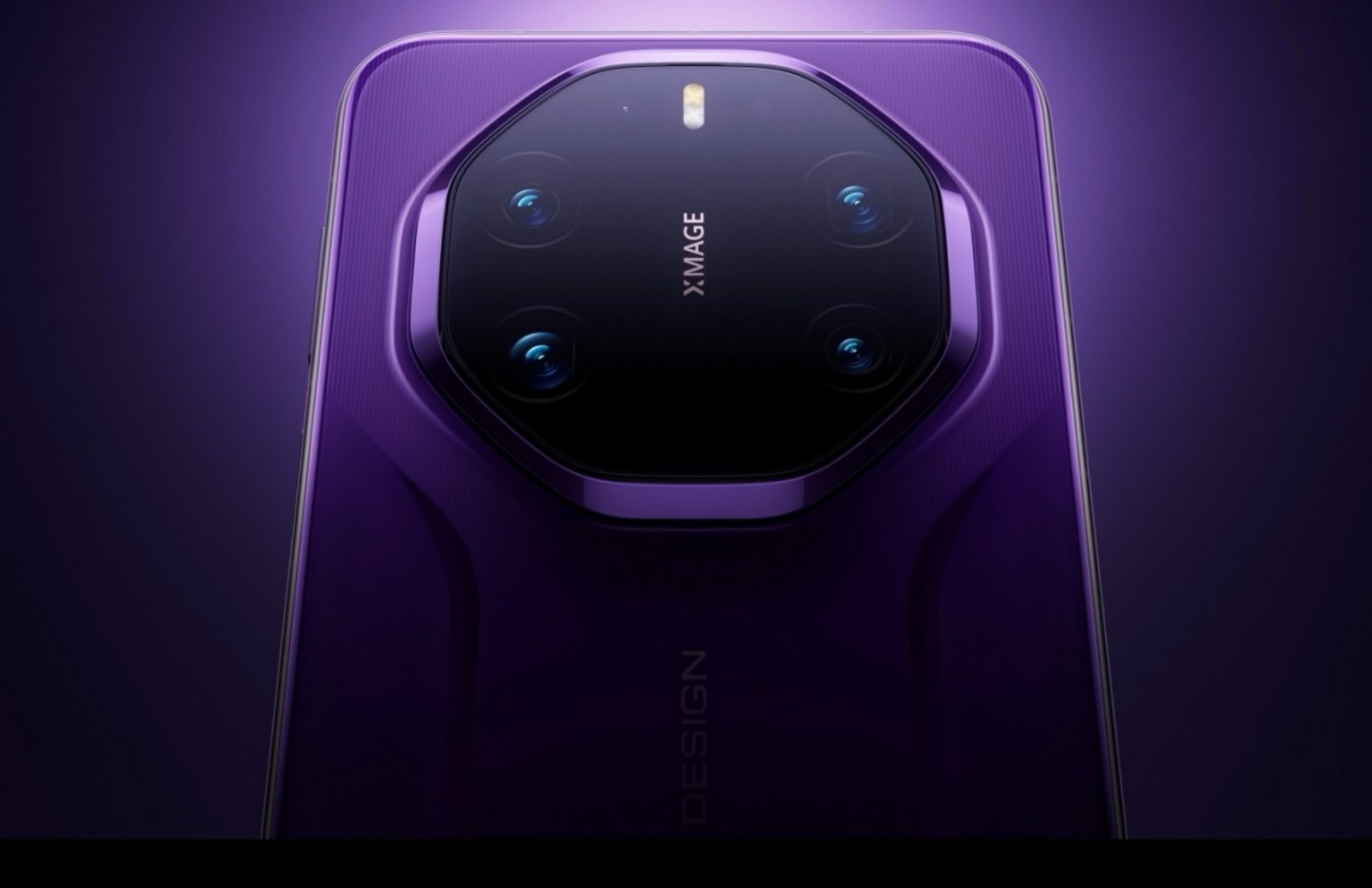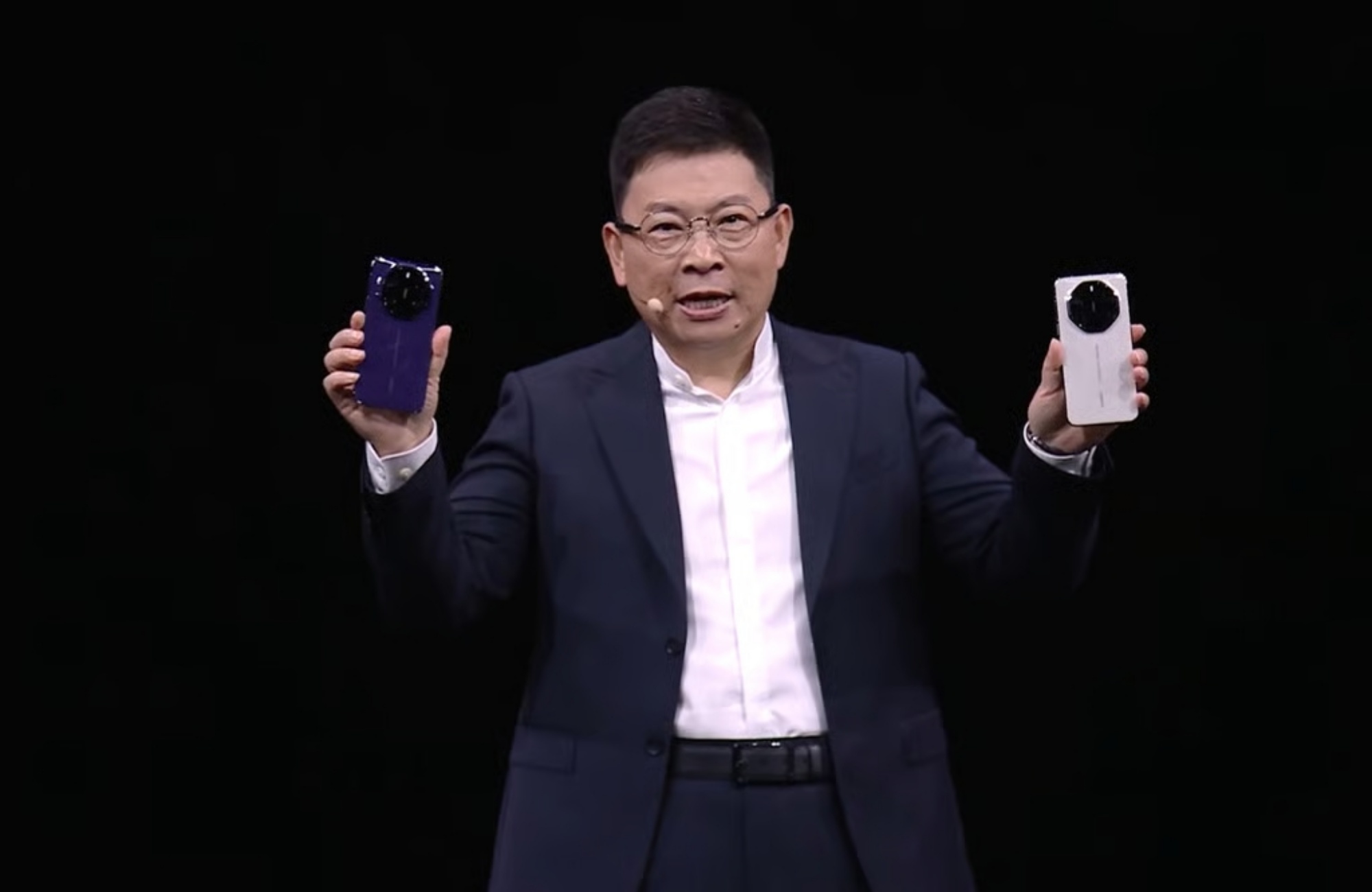
Alongside the new Mate X7 flagship foldable, Huawei has also unveiled its Mate 80 series in China, introducing four models: the Mate 80, Mate 80 Pro, Mate 80 Pro Max, and the Mate 80 RS Ultimate Design. The new lineup brings familiar elements from previous Mate releases, notably the variable aperture cameras, along with numerous significant upgrades.
Before diving into each device, it’s worth noting that several features are shared across the range. All four models support satellite communication, come with HarmonyOS 6 out of the box, and offer 3D ToF face scanning. Their displays can reach an impressive peak brightness of up to 8,000 nits, and all models use Huawei’s second-generation Kunlun Glass for improved durability. Imaging is anchored by Huawei’s 2nd-gen Red Maple imaging chip, which handles colour tuning and processing across the lineup.
Huawei Mate 80

The standard Mate 80 uses a 6.75-inch LTPO OLED display running at 1–120Hz with 1280 x 2832 px resolution, full P3 colour coverage, and 1440Hz PWM dimming. It is powered by the Kirin 9020 chipset, which Huawei claims is 35% faster than last year’s Kirin 9010. RAM options start at 12GB, with configurations going up to 16GB.
Battery capacity sits at 5,750mAh, paired with 66W wired and 50W wireless charging. For cameras, the phone carries a triple setup: a 50MP primary camera with a variable f/1.4–f/4.0 aperture on a 1/1.28-inch RYYB sensor, a 40MP ultrawide, and a 12MP telephoto that offers 5.5x optical zoom. The front has a 13MP autofocus camera, assisted by 3D depth sensing.
Huawei Mate 80 Pro

The Mate 80 Pro shares the same display as the standard model but steps up to the new Kirin 9030 chipset, which Huawei positions as 35% faster than the Kirin 9020. Charging speeds also receive a boost with 100W wired and 80W wireless support, though the battery capacity remains at 5,750mAh. RAM options mirror the standard model, with 12GB at the base and up to 16GB at the top.
Photography hardware is mostly similar to the Mate 80, except for a more capable telephoto unit. The Pro swaps in a 48MP sensor with a brighter f/2.1 aperture and a 4× (92.5mm) optical zoom range.
Huawei Mate 80 Pro Max

The Pro Max variant brings the biggest upgrades in the lineup. It moves to a larger 6.9-inch dual-layer LTPO OLED display with a 120Hz refresh rate and the same 8,000-nit peak brightness. The phone runs on the Kirin 9030 Pro chip, which the brand says is around 42% faster than the Kirin 9020 and about 7% ahead of the Kirin 9030 in the Pro model. RAM is capped at 16GB, with storage options reaching 1TB.
It packs a larger 6,000mAh battery with 100W wired and 80W wireless charging. Other hardware includes IP68 + IP69 dust and water resistance, dual-band Wi-Fi 6, Bluetooth 6.0, NFC, USB-C 3.1 Gen 1, stereo speakers, and an IR blaster.
On the back is a quad-camera array: a 50MP primary shooter with variable aperture and OIS, a 40MP ultrawide, a 50MP macro-telephoto camera with OIS, and a 50MP periscope telephoto offering 6.2x optical zoom and OIS. The selfie camera remains a 13MP unit with 3D depth sensing.
Huawei Mate 80 RS Ultimate Design

Lastly, we have the Mate 80 RS Ultimate Design, which offers a more premium aesthetic built around a titanium mid-frame and 3rd-gen basalt-tempered Kunlun Glass. Its rear camera module and back panel are uniquely styled compared to the standard models. Colour options include Hibiscus Purple, Jet Black, and Pure White.
Internally, it mirrors the Mate 80 Pro Max almost entirely: the Kirin 9030 Pro, the 6.9-inch dual-layer OLED display, the quad-camera system, and the 6,000mAh battery with 100W wired and 80W wireless charging all carry over. The only spec difference is RAM, where this model comes with 20GB as standard.
Pricing

In China, the Huawei Mate 80 starts at CNY4,999 (~RM2914), while the Mate 80 Pro begins at CNY5,999 (~RM3,498). Meanwhile, the Mate 80 Pro Max is priced from CNY7,999 (~RM4,663), and the Mate 80 RS Ultimate Design tops the lineup at CNY11,999 (~RM6,995). Huawei has not announced international availability at the time of writing.